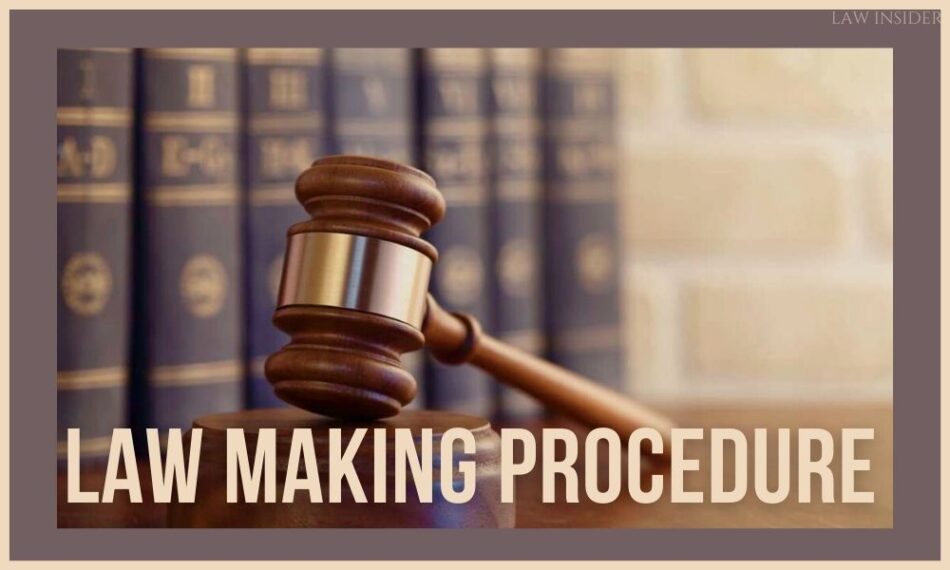
Page Description
Explore global stories on ‘Justice versus Conscience,’ from tragic injustices to heroic rescues and triumphs that inspire change.
Introduction: The Incomprehensibly Destructive Pattern
When you think deeply about justice, you come face to face with examples that are fundamentally wrong. In certain cases, everything is painfully distorted to the point where it no longer resembles what actually happened. This is no coincidence. It’s a pattern. It’s persistent and woven into the very fabric of justice.
This is serious, very serious. An innocent person can be falsely accused of something that never existed. The justice system itself creates an unjust paradox.
The consequence? You have to move heaven and earth to rid yourself of it. You have to experience it yourself to truly understand how unbearable it is.
This is the reality of the power institution known as justice. It should not happen, but it does. Even against completely innocent people, situations are created that are entirely fabricated. How is it possible that an entire system not only allows this but actively facilitates it?
When impeccable individuals unjustly become the subject of judicial scrutiny, even simple matters raise perplexing questions.
Instead of providing clarity and ensuring that the innocent are not caught in difficulties, things can go in the wrong direction and end badly.
Justice is not a steadfast rock on which one can build a church.
The course of legal proceedings, even in cases of complete nonsense, can be precarious: it can drag on for a long time, cost a fortune, have no happy ending, and even end in tragedy.
It is incomprehensible that justice functions in this way.
There are countless remarkable examples: Sanda Dia and Princess Delphine in Belgium, The Putten murder case in the Netherlands (and the acknowledged miscarriages of justice), and Liam Allan, The Guilford Four, The Birmingham Six, and The Post Office scandal in Great Britain, among others.
Het onbegrijpelijk destructieve patroon
Wanneer je grondig nadenkt over justitie, kom je oog in oog met voorbeelden die volledig fout zijn. In bepaalde gevallen wordt alles op een pijnlijke manier zodanig verdraaid dat het niets meer te maken heeft met wat werkelijk is gebeurd. Dit is geen toeval. Het is een patroon. Het is hardnekkig en verweven met de essentie van justitie.
Dit is ernstig, bijzonder ernstig. Een onschuldige persoon kan zomaar beschuldigd worden van iets dat nooit heeft bestaan. Het rechtssysteem creëert zo een onrechtvaardige paradox.
Het gevolg? Je moet hemel en aarde bewegen om er van af te geraken. Je moet het zelf meemaken en ondergaan om echt te begrijpen hoe ondraaglijk dit is.
Dit is de werkelijkheid van het machtsinstituut justitie. Het mag niet gebeuren, maar het gebeurt. Zelfs tegenover volstrekt onschuldige mensen ontstaan er situaties die volledig zijn geconstrueerd. Hoe is het mogelijk dat een heel systeem dit niet alleen toestaat, maar actief faciliteert?
Wanneer onberispelijke personen onterecht het voorwerp worden van justitie, roepen zelfs eenvoudige kwesties merkwaardige vragen op.
In plaats van duidelijkheid over wat nodig is en ervoor te zorgen dat de onschuldige niet in moeilijkheden komt, kan het de verkeerde richting opgaan en verkeerd aflopen.
Justitie is geen rots in de branding waarop men een kerk kan bouwen.
Het verloop van juridische procedures, zelfs bij complete onzin, kan een dubbeltje op zijn kant worden: het kan lang aanslepen, handenvol geld kosten, geen mooi einde kennen en zelfs dramatisch aflopen.
Het is onbegrijpelijk dat justitie op deze manier functioneert.
Er zijn merkwaardige voorbeelden in overvloed: Sanda Dia en Prinses Delphine in België, de Puttense moordzaak in Nederland (en de erkende gerechtelijke dwalingen), en Liam Allan, The Guilford Four, The Birmingham Six, en het Post Office-schandaal in Groot-Brittannië, enzovoort.
1 Objective
The goal is to create a well-constructed website to clearly convey
- that what is happening in the justice system is incomprehensible.
- It is shameful.
- It is appalling.
The website is not just a place for presenting information but for actively exploring and questioning the failures in the justice system – a searching talk (a reflective dialogue aimed at uncovering the truth) to shed light on the underlying issues.
2 Pushed to my Last Resort
- One of the fundamental purposes of a justice system is to protect people from others violating their legal interests.
- In cases that turn out to have resulted in wrongful convictions, the justice system fails to uphold this purpose, instead causing harm to the innocent.
- Such failures not only devastate the lives of those wrongfully accused but also undermine public trust in the legal system as a whole.
- It is essential for the justice system to acknowledge these errors and take corrective actions to restore justice and prevent future injustices.
The initial start of this website were the articles in The Times regarding Liam Allan. I couldn’t imagine that justice is so fragile and delicate, that someone with a good character, as described by prosecutor Jerry Hayes about Liam Allan, could simply disappear into prison without batting an eye and consequently be labeled as a lifelong sexual offender.
Hence, the subtitle: Liam as a metaphor for a failing justice system.
Later, I read poetry by Princes Dephine regarding her personal struggle to be recognised;
“Justice is a nonsense word
That does not exist in this world”
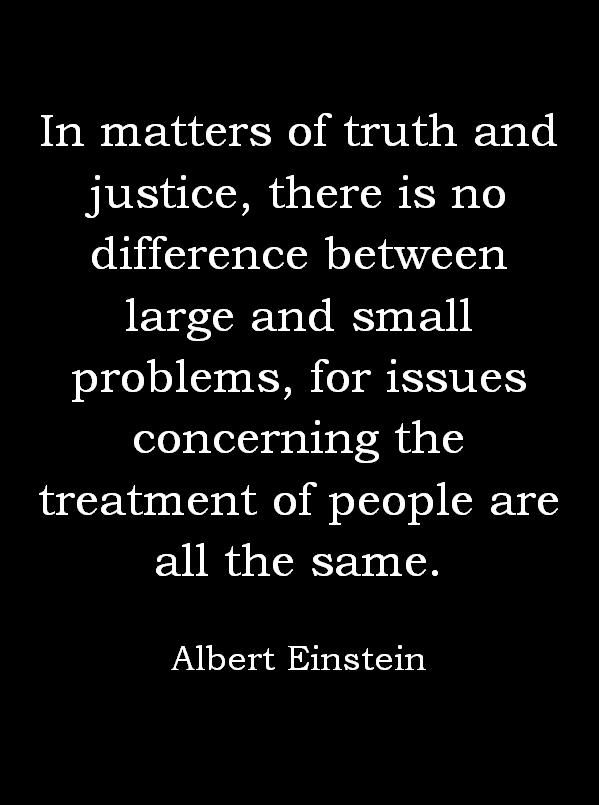
Pushed to my last resort
I took my father to court
It was all over the news
The family was not amused
Some people were horrible
It was terrible
I kept level headed
In the old days I would be beheaded
The judges listened with deaf ears
Knowing the outcome was clear
Power took over
The whole charade was a cover
Lady justice is not blind
She has left me in a bind
Blacklisted, outcast
My future will not be my past
Justice is a nonsense word
That does not exist in this world
Delphine Boël
Delphine van Saksen-Coburg
Daughter of king Albert II
Princess of Belgium
Royal Highness
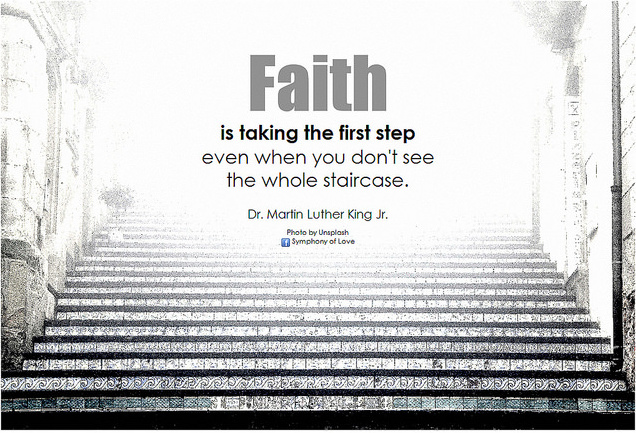
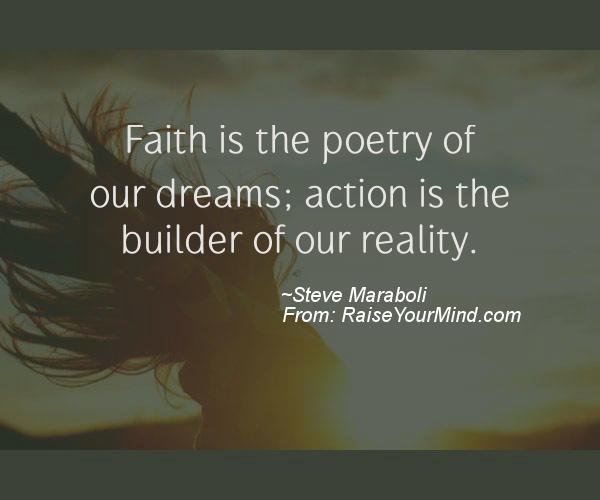
3 Not Everyone Is Honest – Not Everyone Is Fair
Showing no emotion, acting as though nothing were unusual.
Adam Foss: A prosecutor’s vision for a better justice system
If you believe that the justice system is functioning properly and everything is going well, then you have an image of the justice system that lags behind reality. You will notice in examples that this image is somewhat distorted.
The purpose of the website is to correct this.
There are people who have no sense of norms; this is also the case with standard-bearers in society, with people who have a special status or carry a responsibility and make strange moves without reason, putting together a box of tricks, devising a shady construction to disrupt something, in other words, to completely ruin someone’s life.
As one can see from the examples on the homepage and throughout the website, one is stunned to find that people end up in prison 100% framed. One can’t believe that justice can be so deceptive. It’s like confessing to the devil.
It doesn’t matter if you have sworn costly oaths, experienced a religious calling, or radiate any characteristic of trustworthiness, in a nutshell, extremely wrong actions are taken towards the person who needs you.
We are dealing with people who acquire power, in whatever capacity, and who abuse that power.
These are people who have no shame, regardless of what they do.
The paradox is that for completely innocent people in prison, of whom it is known they are innocent, it takes years of effort to be exonerated.
Geen emotie tonen, doen alsof er niets ongewoons is.
Adam Foss: A prosecutor’s vision for a better justice system
Als je denkt dat justitie behoorlijk werkt en alles goed verloopt, dan heb je een beeld van justitie die achter loopt op de realiteit. Dan merk je in voorbeelden dat dit beeld een beetje vertekend is.
Het is de bedoeling van de website om dit recht te zetten.
Er zijn mensen die geen normbesef hebben, dit heb je ook bij vaandeldragers in de samenleving, bij mensen die een bijzondere status hebben of een verantwoordelijkheid dragen en zonder reden rare sprongen maken, een truckendoos in elkaar steken, een schimmige constructie bedenken om iets te ontwrichten m.a.w. om het leven van iemand helemaal kapot te maken.
Zoals men merkt aan de voorbeelden op de homepagina en doorheen de website stelt men tot zijn stomme verbazing vast dat mensen 100% geframed in de gevangenis terecht komen. Men kan zijn ogen niet geloven dat justitie zo bedrieglijk kan in elkaar zitten. Het is zoals bij de duivel te biecht gaan.
Het maakt niet uit of je nu dure eden gezworen hebt, een religieuze roeping beleefd of welk kenmerk van betrouwbaarheid je uitstraalt, kort door de bocht doet men extreem foute dingen tegenover de persoon die je nodig heeft.
We hebben te maken met mensen die macht verwerven, in welke hoedanigheid dan ook, en die macht misbruiken.
Het zijn mensen die geen schaamte hebben, onverschillig wat ze doen.
De paradox is dat er dan voor volstrekt onschuldige mensen, waarvan men weet dat ze onschuldig zijn, jaren nodig zijn van inzet om geëxonereerd te worden.
We are dealing with people who acquire power and who abuse that power.
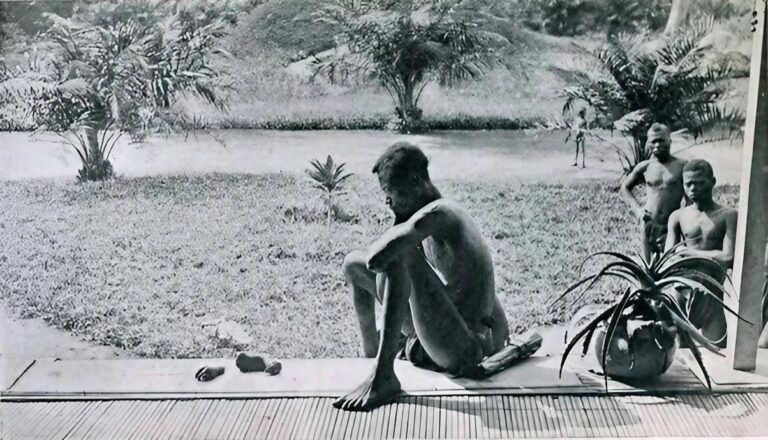
A Congolese man, Nsala Wala, witnessed the mutilation and alleged cannibalization of his five-year-old daughter, Boali, by members of the militia of the Abir Congo Rubber Company in 1904.
The passage recounts that because Nsala did not meet his rubber harvesting quotas for the day, overseers appointed by the company amputated Boali’s hands and feet. Additionally, they killed his wife and, in a gruesome act, cannibalized both Boali and her mother.
The writer reflects that this image represents the most powerful depiction of human evil in its most reprehensible form.
They emphasize that the events in Belgian Congo during the early 20th century were an unspeakable horror.
This must not be forgotten.
“Een Congolese man kijkt naar de afgehakte hand en voet van zijn vijfjarige dochter, die naar verluidt werd gekannibaliseerd door leden van de militie van de Abir Congo Rubber Company in 1904. De naam van de man is Nsala Wala. Het verhaal gaat dat hij zijn latexoogstquota voor de dag niet haalde, dus de door het bedrijf aangestelde voormannen hakten de handen en voeten van zijn dochter Boali af. Maar dat was niet alles, ze doodden ook zijn vrouw. En alsof dat nog niet wreed genoeg was, kannibaliseerden ze Boali en haar moeder.”
Het is het krachtigste beeld dat ik me herinner te hebben gezien, omdat het menselijk kwaad in zijn meest verwerpelijke vorm toont.
Wat er in de Belgische Congo is gebeurd, is een onuitsprekelijke horror en het gebeurde aan het begin van de 20e eeuw!
Dit mag niet worden vergeten.
“Cannibalization” refers to the act of one individual or group consuming the flesh of another human being.
In the context of the passage of the text, it’s describing a horrifying event where members of the militia of the Abir Congo Rubber Company allegedly engaged in the mutilation and consumption of the five-year-old daughter, Boali, and her mother, after the father, Nsala Wala, failed to meet the rubber harvesting quotas set by the overseers appointed by the company.
The passage highlights the extreme brutality and inhumanity that occurred during the Belgian Congo’s exploitation era, portraying it as a profound representation of evil at its most abhorrent. It underscores the atrocities committed during that period, emphasizing the importance of remembering and acknowledging these historical horrors to prevent their recurrence and to honor the victims.
4 Wrongful Convictions
One of the fundamental purposes of a justice system is to protect people from others violating their legal interests.
In cases that turn out to have resulted in wrongful convictions, it is the criminal justice system itself that victimizes persons who have not committed any crime but are punished nonetheless. “Deeply concerning”, of erg onrustwekkend.
Notice. No clue, no piece of information, and no element can explain why those people end up in prison. It is the extreme situations of fraudulent justice or ‘a perversion of justice’ These are the examples mentioned in point 3 and subsequently in point 9 on the home page. It is the omnipotence of justice that is used to intentionally do wrong or other forces are at play. (it is not the margin of error within the judiciary).
1 Man Wrongfully Imprisoned for 39 Years
15 mei 2017
Ricky Jackson spent nearly 4 decades behind bars, but thanks to the work of the Ohio Innocence Project and Mark Godsey, he was exonerated. He shares his incredible story.
A thirteen-year-old boy was threatened to give a false testimony, claiming that harm would come to his sick mother. When he himself fell ill and told the chaplain in the hospital about the burden on his conscience regarding his false testimony that led to Ricky Jackson being imprisoned as an innocent man, Ricky Jackson was finally acquitted of all charges and released from prison 39 years later.
Once you end up in the clutches of justice through the bag of tricks, in other words, 100% framed, you can no longer escape from it by mishandling the case. Ricky Jackson is one in a thousand, where an Innocence Project has been working for years to get a clearly innocent person exonerated.
Once you end up in the justice system, even when you don’t understand how this can happen, one can then shamelessly do whatever they want.
This Is No Longer Justice.
Notice ‘The dignity of the lawyer’:
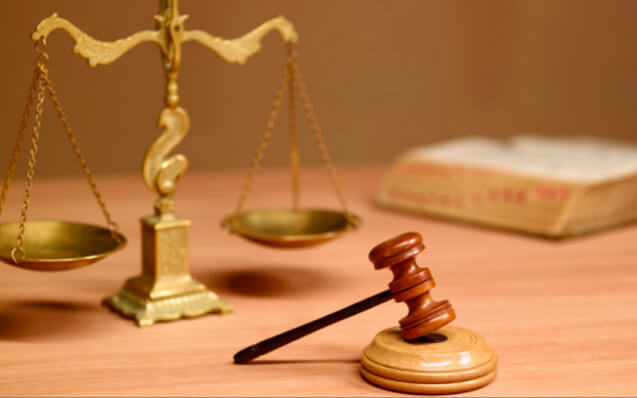
5 The Situation You’re In
When life is swept from under your feet, as in the unimaginable examples in point 3 on the page “Beyond the Norm: Rough Justice Cases Explained” – very clear data is available – when what happens shouldn’t happen, and the justice system doesn’t apply to you, the question arises, how can one survive such a situation.
Justice has a dark side, namely, the foundation on which decisions are based can sometimes be extremely fragile, causing raised eyebrows during the legal process, or when a person is framed in a context where they don’t belong.
As an ordinary person, a heavy burden falls upon your shoulders, causing the glow of life to suddenly disappear for years or even decades.
The weight of the burden on your shoulders and the obstacles you encounter in life, when you become the target of justice for the wrong reasons, is indescribable.
You find yourself in a situation that defies description; there’s an expression, ‘walking a mile in the shoes of someone else.’ If you haven’t experienced such life difficulties yourself, you cannot truly understand what it’s like to end up in such a justice system.
The website provides examples that allow you to judge for yourself.
Consider what a 14-year-old child, George Stinney, from the list on the home page, had to endure in terms of fear and indescribable pain, to be convicted of something he couldn’t possibly have had any involvement in and to end up in the electric chair.
Wanneer het leven van onder je voeten wordt weggemaaid, zoals in de zich niet voor te stellen voorbeelden op de pagina “Beyond the Norm: Rough Justice Cases Explained” (punt 3) – erg duidelijke gegevens zijn voorhanden – dat wat er gebeurt niet kan gebeuren en dat het justitie systeem niet op je van toepassing is, dan stelt zich de vraag hoe kun je zoiets overleven.
Justitie heeft een schaduwzijde, namelijk de basis waarop de beslissing steunt is soms flinterdun, wanneer een bedenkelijk gebeuren bij de rechtsgang de wenkbrauwen doet fronsen, of wanneer een persoon in een context wordt geframed waarin hij niet thuishoort.
Als doodgewone mens krijg je een last op je schouders waardoor de glans van het leven plots verdwijnt voor jaren of tientallen jaren.
Het gewicht van de last die op je schouders komt en de hindernissen die je in het leven ondervindt, wanneer je om verkeerde redenen het voorwerp wordt van justitie, is niet in woorden uit te drukken.
Je komt in een situatie die met geen woorden is te beschrijven, er is de uitdrukking, ‘walking a mile in the shoes of someone else’. Wanneer jezelf die levensmoeilijkheden niet doorstaat kun je niet weten wat het is, om in zo’n justitie systeem terecht te komen.
De website heeft voorbeelden die toelaten zelf te oordelen.
Wat heeft een 14 jarig kind George Stinney uit de lijstje op de home pagina aan doodangsten en niet te beschrijven pijn doorstaan om veroordeeld te worden voor iets waar hij niets kon mee te maken kon hebben en te eindigen op de elektrische stoel?
6 Why Does Someone Make a Website Like This?
When something happens to yourself, something that everyone from far and wide can see, something that shouldn’t happen, you realize there’s something wrong in our society.
You doubt and wonder if people actually know what’s happening in society.
When something happens to a very young child that is clearly wrong it is even more sensitive.
The website is the conversation that is not possible to have with someone in all seriousness.
It’s evidence that you present regarding the pain innocent people endure when the unthinkable happens.
Wanneer jezelf iets overkomt, waarvan iedereen van heinde en verre kan zien, zoiets kan niet, dan stel je vast, er klopt iets niet in onze samenleving.
Je twijfelt en je maakt je de bedenking weet men eigenlijk wel wat er gebeurt in de samenleving?
Wanneer een heel erg jong kind iets overkomt waar men duidelijk fout mee omgaat ligt het nog gevoeliger.
De website is het gesprek die niet mogelijk is in alle ernst te hebben met iemand.
Het is bewijs die je brengt, nopens de pijn die mensen in alle onschuld te verduren krijgen wanneer gebeurt wat niet kan gebeuren.
3 Adam Foss: “As a defender, you’re sort of powerless”
7 What Is the Purpose of the Website?
One must confront the realities of life and truly feel the emotions experienced by people in those circumstances, as only they can in such deeply human situations, as shown in the following four videos.
Mistakes happen in the justice system, of course. People make errors for a variety of reasons. But in these situations, you hold people’s lives in your hands, and those mistakes can destroy lives.
From the examples on this website, it becomes clear that there is also manipulation of individual case files. People can become unjust targets of the justice system without reason or justification.
This highlights a known issue within the justice system: there are individuals working within it who lack a conscience.
It is not easy to clearly and convincingly prove that something is fundamentally wrong within the system – not just human errors, which are to be expected – but something far more troubling, like a Candid Camera moment that raises serious doubts.
It’s beyond comprehension that the lives of innocent people, those of good character and without suspicion, are being deliberately toyed with.
Men dient de werkelijkheid van het leven onder ogen te nemen en de emoties van mensen te voelen in die omstandigheden, zoals alleen de persoon ze voelt in die diepmenselijke situatie van het leven, zoals aan bod komt in onderstaande 4 video’s.
Er worden fouten gemaakt bij justitie, uiteraard, om tal van redenen maken mensen fouten, echter in zo’n situatie heb je het leven van mensen in je hand en je verwoest in zo’n situatie het leven van mensen.
Echter aan de hand van de voorbeelden in de website stel je vast dat er ook gemanipuleerd wordt met het dossier van mensen die zonder reden, aanleiding of oorzaak het voorwerp worden van justitie.
Dit confronteert justitie met een gekend fenomeen dat er bij de entiteiten van justitie foute mensen zitten, mensen zonder geweten.
Het is niet evident om duidelijk overtuigend en correct aan te tonen dat er iets mis is in het justitie systeem, niet dat er fouten worden gemaakt, dit is uiteraard duidelijk eigen aan het mens zijn, doch dat er iets gebeurt die de wenkbouwen doet fronsen, net zoals het gebeurt in een Candid Camera.
Het is iets die het denkvermogen te boven gaat, dat er bewust gespeeld wordt met het leven van mensen met een goed karakter die boven elke verdenking staan.
4 Cop attends wedding of baby he saved 20 years ago
18 aug. 2014
5 Seeing Beauty Everywhere | Street Philosophy With Jay Shetty
6 Nick Vujicic’s Life Without Limbs
7 Andrew Stanton: The clues to a great story
21 mrt. 2012
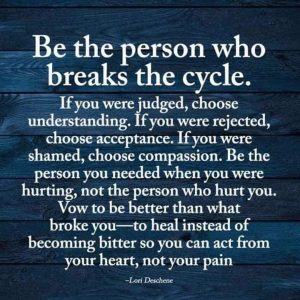
The moment we met Susan Boyle | Britain’s Got Talent
8 Understanding the Idea Behind the Website
Using justice for the wrong reasons, as with
- George Stinney,
- The Central Park Five,
- Liam Allan (all named above) or
- Manuel Mauro
is very painful.
When justice is used to redirect an issue and blame ordinary people who have done nothing wrong, as in the above list…
You cannot shatter excellence no matter who you are, king, cardinal, important figure or standard-bearer.
It’s hard to say that doesn’t bother me. It is hard to be indifferent to a child’s innocence.
Princess Delephine, child of Belgium’s King Albert II, endured seven long years of court proceedings before her father was willing to give up his DNA on a fine of 5,000 euros a day that he refused and he had his back against the wall and had to admit what everyone knew.
Delphine was 32 at her last phone call in which Albert II said I am not your father and only 20 years later, DNA gave a definitive answer.
Justice delayed is justice denied
Princess Dephine shows exceptionally high stakes she exhibits and how gruelling a court event is, even for something that is very simple, which she herself says in the video.
Justitie gebruiken voor de verkeerde redenen, zoals bij
- George Stinney,
- The Central Park Five,
- Liam Allan (allen hoger vernoemd) of
- Manuel Mauro
is erg pijnlijk.
Wanneer justitie wordt gebruik om een kwestie om te buigen en doodgewone mensen die niets misdaan hebben schuld in de schoenen te schuiven, zoals in bovenstaande lijst …
Het is moeilijk te zeggen dat interesseert mijn niet. Het is moeilijk onverschillig te zijn tegenover de onschuld van een kind.
Je kunt niet uitmuntendheid verbrijzelen, om het even wie je bent, koning, kardinaal, belangrijk figuur of vaandeldrager.
Princes Delephine, kind van de Belgische koning Albert II heeft 7 lange jaren gerechtelijke procedures doorstaan vooraleer haar vader bereid was om zijn DNA af te staan op boete van 5000 euro per dag dat hij het weigerde en hij met de rug tegen de muur stond en hij diende te erkennen wat iedereen wist.
Delphine was 32 bij haar laatste telefoongesprek waarin Albert II zei ik ben je vader niet en pas 20 jaar later gaf DNA uitsluitsel. Justice delayed is justice denied
Prinses Dephine, laat zien hoe uitzonderlijk veel inzet en hoe slopend een rechtszaak is, zelfs voor iets dat heel eenvoudig is, wat zij zelf zegt in de video.
9 One Step at a Time
The time it took to arrive at the website as it is cannot be expressed in words.
Before the launch of the website, a text was written of 430 pages, printed out at a print run in colour, on luxury paper. (Volume 1 – 180 pages and Volume 2 – 250 pages).
It is the work of one person who has never done anything like this before and knew nothing about it.
It’s not like there was suddenly a website at the morning dew.
It is not evident that there is a website, particularly one that has received so much attention.
It took thought in all sorts of areas to patiently build step by step.
A website that is not good enough in terms of clarity, layout and so much more is worthless.
What there is today, the website as it is an interim version. There are created pages that will still have content. There is still work to be done to arrive at a finished website.
De tijd die nodig was om tot de huidige website te komen is niet in woorden uit te drukken.
Vóór de start van de website werd er een tekst geschreven van 430 pagina’s, bij een drukken uitgeprint in kleur, op luxe papier. (Deel 1 – 180 pagina’s en deel 2 – 250 pagina’s).
Het is het werk van één persoon die voordien nooit zoiets gedaan heeft en er niets van af wist.
Het is niet zo dat er bij de ochtend dauw plots een website was.
Het is niet evident dat er een website is, in het bijzonder waaraan zoveel aandacht besteed is.
Het heeft denkwerk op allerlei gebied gekost om stap voor stap geduldig op te bouwen. Een website die niet goed genoeg is qua duidelijkheid, layout en zoveel meer, is waardeloos.
Wat er heden is, de website zoals hij is een tussentijds versie. Er zijn aangemaakte pagina’s die nog inhoud zullen krijgen. Er is nog werk om tot een afgewerkte website tot komen.
10 The Incomprehensibly Destructive Pattern
8 Man Leaves Baby Stroller On a Bike Lock
4 okt. 2014